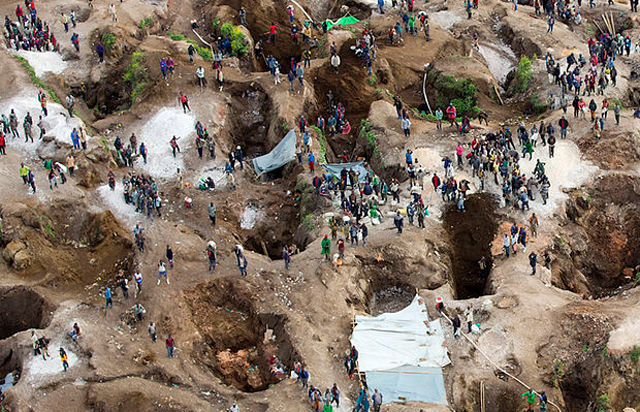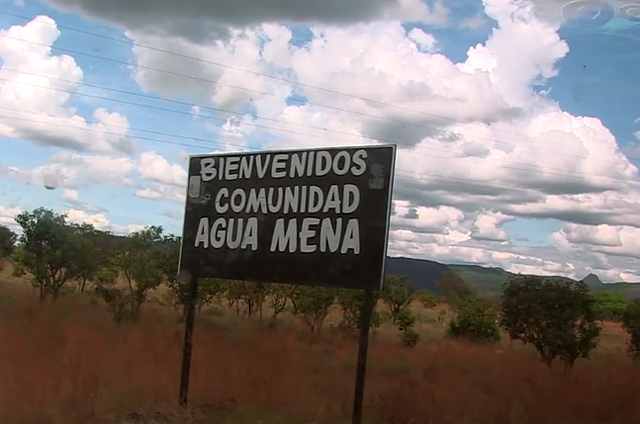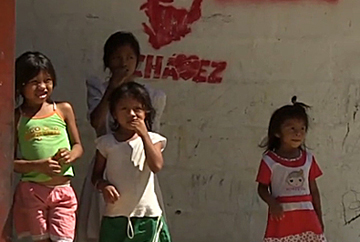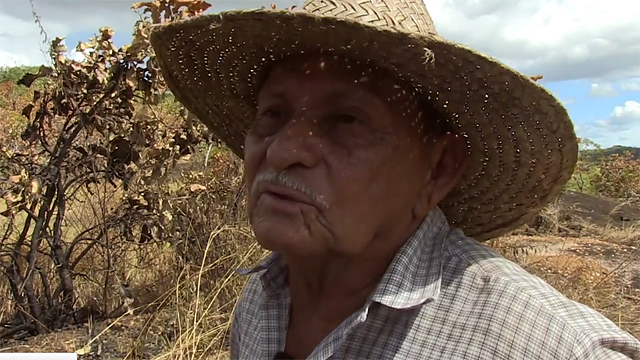Coltan mining, a scourge in the Northeastern D.R.Congo that has affected the Mbuti people, has more recently been dividing and threatening the Piaroa of Venezuela. A lengthy news story published last week by a group called the Organized Crime and Corruption Reporting Project (OCCRP) discussed the recent history of coltan in Venezuela and its effects on the Piaroa and another nearby indigenous society, the Pemon.
The area of Venezuela that may be rich in coltan is referred to as the Orinoco Mining Arc, an area the size of Bulgaria or Virginia located to the south of the Orinoco River, primarily in Bolivar state. The government of Venezuela is eager for the boost that large mining operations would bring to the nation’s economy. The indigenous peoples are divided about the proposal, though many are strongly opposed to industrial developments on lands they consider to be their own.

Hugo Chávez, the late president of Venezuela, knew of the existence of coltan in the western end of the mining arc, near the border with Columbia. He was quoted in 2010 as expressing enthusiasm for mining it. Used in the manufacture of smartphones and other high-tech devices, coltan was valued more highly than gold or diamonds. Five years later, his successor, Nicolás Maduro, revived the enthusiasm of his predecessor and pushed for active coltan mining comparable to the projects in the D.R. Congo.
However, the OCCRP reporters interviewed geological engineer Noel Mariño who expressed some skepticism about the potential for riches, which depend on many factors. But on August 5, 2016, the Faoz Corporation, Ltd., signed up to open a coltan mine. The law in Venezuela specifies that mining can only proceed after environmental impact assessments and studies of socio-cultural impacts have been completed. None have been done so far, despite promises by the government; nonetheless mining operations began on December 9.

When the reporters visited the site of the new mine in the Piaroa community of Agua Mena in April 2017, Faoz still was operating the only legal mining venture in the Mining Arc. It is located near the highway that connects Bolivar City with Puerto Ayacucho. Josué Mendoza, a representative of Piaroa leader Enrique Gordons, accompanied the reporters to the mine. He expressed enthusiasm for the project.
He said that he spoke for 30 Piaroa communities, about 3,000 people, in welcoming the mining development. He explained that the promoters have been consulting the local indigenous people and they are obeying the law. “All the tribes inhabiting the Orinoco Mining Arc accepted the government’s proposal,” Mendoza told them. He went on to describe the many benefits to the local communities that the mining will provide: a better supply of electricity, better roads, health clinics, and schools.

But Franklin Quiñones strongly disagreed. The leader of a different Piaroa community, Fundo Nuevo, Quiñones said that though Venezuela faces an economic crisis and a lot of shortages, many of the tribal people are opposed to the mining. Sr. Quiñones earned a college degree at the Bolivarian University of Venezuela.
He expressed dismay at the support that Enrique Gordons is giving to the mining, saying that he and 16 other Piaroa leaders are campaigning to replace him. “He betrayed our people; the government bought him. Gordons doesn’t care that mining is weakening our struggle for these lands, increasing insecurity in the area, and polluting our water,” Quiñones said.

He emphasized that large-scale mines developed in the Orinoco Mining Arc will destroy Piaroa culture. “We’re not miners, we’re farmers,” he said. The outsiders with their big machines will destroy the things the Piaroa have cherished for generations—the forest, the rivers, and the springs. They will become polluted. “We drink that water, we bathe there,” he concluded.